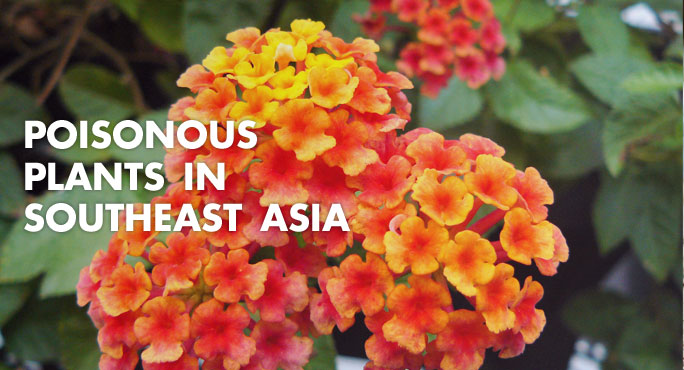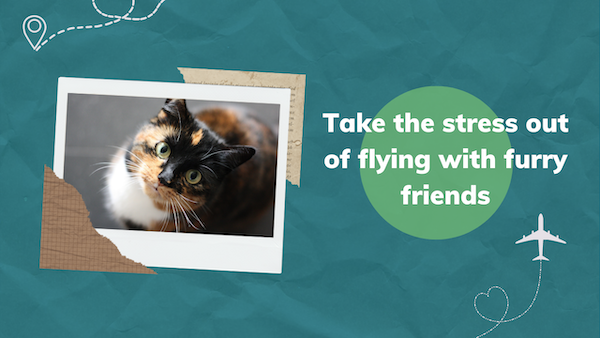Poisonous Plants in Southeast Asia
Published on: May 1, 2018 | Author: Starwood Pet Travel

If your dog or cat loves to inspect new things by licking or chewing them, you’re always worrying about what they might get into. Plants, for example, can be poisonous to pets just as they are to people. If you’re moving to a foreign country, you’ll be faced with a whole new landscape of potentially dangerous plants, both in the wild and in gardens.
So let’s be proactive. If your move will take you to Southeast Asia, here are some plants to watch out for. Many popular garden plants are things you’ll immediately recognize, because you may be growing them in your own garden right now. Many people don’t realize these common plants can cause pet discomfort, even if they aren’t lethal.
It’s not always easy to uncover information about what locally native plants to avoid. Thankfully, the ASPCA has pulled together lists of plants from all around the world that are dangerous to pets. Some are wholly dangerous, whereas with others only certain parts pose problems. Some cause minor issues such as itching or upset stomach; others are deadly.
What’s important to know is that cats and dogs respond differently to certain chemicals, so the ASPCA offers separate lists for cats and dogs. Consider downloading the lists to keep them handy, or bookmarking them so you can quickly find them online again. The most important thing to keep in mind is that you should take your pet to the vet immediately if you suspect she has had contact with anything toxic.
What to avoid in Southeast Asia?
- Oleander, a lovely and fragrant shrub popular in many countries, is an Asian native that can cause cardiac arrest.
- Strychnine tree, a native of Australia and Southeast Asia whose seeds can kill, painfully.
- Abrus Precatorius (crab’s eye, rosary pea), an Indonesian native that is also highly lethal.
- Lantana, a popular garden plant that can cause dermatitis if touched and can kill if ingested.
- Pangi, a tree native to Southeast Asia, 100% of which is poisonous.
- Portulaca, or moss rose, another popular garden plant native to Southeast Asia that can cause salivation and tremors in pets.
Moving to Malaysia? Here’s a plant you and your pet will definitely want to watch out for: parthenium hysterophorus. Regional online publication The Star reported in 2014 that this plant had become the “worst weed of the century.” It’s a native of Mexico, not Southeast Asia, but as often happens in our now-global world, this awful plant has made its way around the globe and made itself at home in Malaysia. Other nearby countries, too, even Australia.
Parthenium rampantly overtakes indigenous flora (it appears to be immune to weed killers), so it is readily found along the roadsides. The problem? Touching it can cause a rash so severe it takes months to heal and can leave permanent scars. Animals that eat it can suffer severe intestinal damage.
Cat owners beware!
In Vietnam (and some other Asian countries), you have more to worry about than what your pet might eat. You have to worry about who might want to eat your pet, if she’s a kitty. It may be illegal to eat cats in Vietnam, but “little tiger” remains a popular menu item in Hanoi as a bar snack to “enjoy” with your beer. Not surprisingly, there are few feral cats to be seen, and those who own cats as pets are careful to keep them indoors or tied up to protect them from thieves.
Depending on the plant, your pet could be harmed by sniffing it, touching it, or ingesting part of it. That’s not particularly reassuring, but knowing which plants pose the greatest dangers (and what they look like) will help you keep your Dear Furred One safe and healthy, no matter where you’re headed in Southeast Asia.
Starwood Animal Transport has rebranded to Starwood Pet Travel. We are still the same great company with the best team, just now with a slightly different name.
Subscribe to the Blog
Enjoy our content? Get them sent to your inbox!
Subscribe Now!


